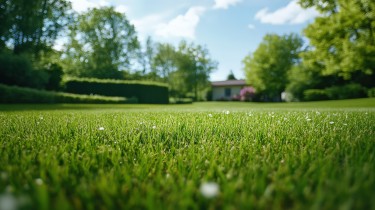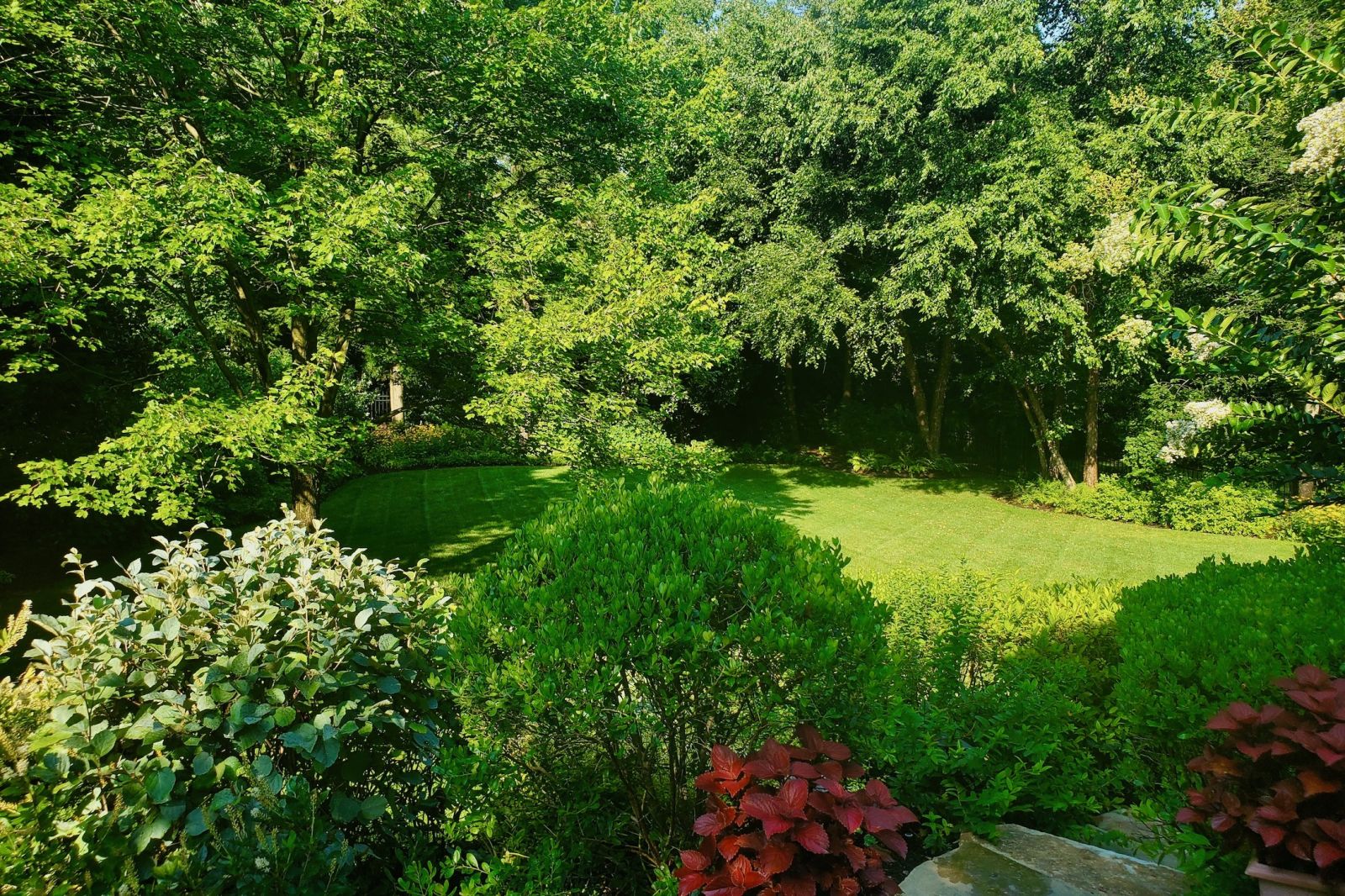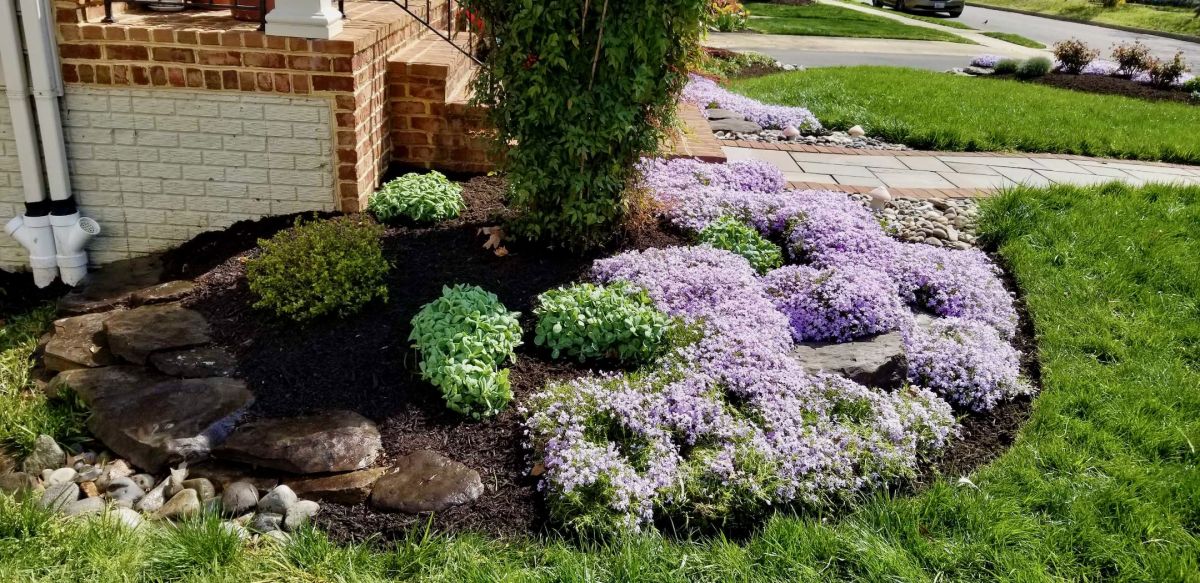

Discover the Secret to a Lush and Healthy Lawn
Read More ›
Blog
Add these to your maintenance schedule to protect your investment

The care you put into your lawn and gardens will keep them healthy, beautiful and the envy of your neighborhood — all you need is a regular dose of TLC to keep your flower beds weed-free and your lawn lush and green.
When it comes to lawn and garden care, Brandon Rushing’s team of experts all agree...an ounce of prevention is worth a pound of cure.
To keep your property looking its best — and protect your investment — we recommend you include the following tasks in your landscape maintenance plan.
If you want to maintain your garden yourself, do a little research and get to know your plants (you can look them up on the PlantSnap smartphone app.)
Find the names of your flowers and shrubs and see how to care for them — and stay on top of weeding. If weeds get too big, they can become a real nuisance.
Whether you do it yourself or hire us to help, taking care of your lawn and garden is worth the investment.

Every living thing needs water to survive, and your lawn and garden are no exception.
Whether you drag out the garden hose or invest in a smart irrigation system, the best time to water is early morning, before the heat of the day. This gives the roots more time to absorb the water and prevent the water from evaporating.
New plantings and fresh sod need to be watered daily until they’re established. After that an inch a week is all they need — overwatering can lead to shallow roots and unhealthy plants.
If you have more questions about watering, see our tips on how to water turf, plants and trees.
No one needs to tell you to mow your lawn — it’s one of the most basic lawn care tasks there is.
But to mow your lawn perfectly, there are a few things you should know.
Mowing your lawn in the early morning (after the dew has dried) or late afternoon. By avoiding the heat of the day you make it easier for your lawn to recover.
Make sure your blade is sharp and set to cut between 3 1/2 and 4 1/2 inches. The goal is to take no more than 1/3 off the top at any one time, so aim to mow at least once a week.
Fertilizing promotes healthy root growth and provides the nutrients needed for lush, green lawns and healthy plants laden with blooms.
Your lawn needs to be fertilized every 8-10 weeks, starting in early spring. So basically you have 4 applications — early spring, late spring, late summer and fall. Be sure to follow the directions on the bag carefully, as too much fertilizer can damage your lawn.
Evergreens, flowering shrubs and ornamental plants should be fertilized twice a year using a slow-release fertilizer.

Applying a nice, thick layer of mulch over your garden beds looks terrific and makes caring for your garden a lot easier.
Mulching helps your plants retain moisture, so you won’t need to water as often. It also acts as a natural weed deterrent by blocking the sun and preventing weed seeds from germinating. Any weeds that do poke through the mulch are easily pulled because of their weak root system.
You don’t need more than 3 inches, and be sure to avoid mulching around the base of trees and plants.
We recommend pruning your trees and shrubs twice a year to keep them healthy and looking their best.
When pruning, timing is essential. It’s best done in late fall or early winter when the plant is dormant — if you prune in the spring when the sap is flowing you’ll rob your tree or shrub of vital nutrients.
You also need to be sure to prune flowering shrubs right after they flower. If you leave it too long you might be snipping off next year’s flowers!
When it comes to lawn care and achieving that perfect, lush green lawn, nothing beats the impact of dethatching, aerating and overseeding your lawn.
These tasks help air, water and nutrients reach the roots (keeping your lawn green and healthy) and inhibits the growth of weeds.
These jobs can be time-consuming and technical if you’re a novice at lawn care — if you’re interested in learning how to DIY, we put together this crash course on how to aerate and overseed your lawn.
Keeping your lawn and gardens looking their best year after year isn’t difficult — but it does take a lot of time and energy.
If keeping your property in tip-top condition seems a bit overwhelming, we’re here to help.
Check out our lawn and garden care packages or get a free quote.
Written by Brandon Rushing, Founder & President
Posted on: September 27th, 2021